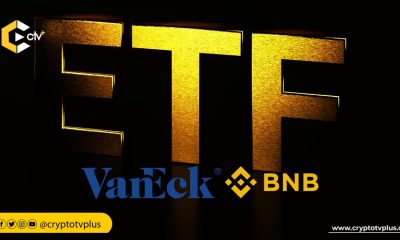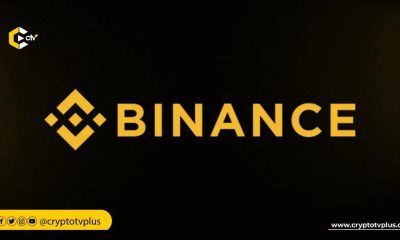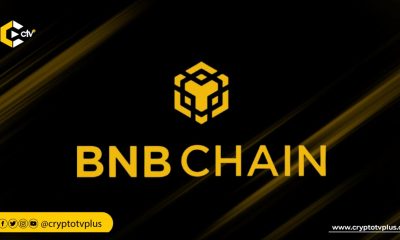Education
opBNB: Unleashing the Power of Layer 2 Scaling for BNB Chain

In a surprising move, Binance, one of the leading cryptocurrency exchanges, recently announced the launch of a new Layer 2 chain called opBNB. This development has sparked curiosity and speculation about Binance’s intentions regarding its existing BNB chain and its potential to compete with Ethereum’s scalability.
In this article, we will provide essential insights into Binance’s opBNB, shedding light on its purpose, technical aspects, and compatibility.
Finding a scaling Solution for BNB Chain
Over the years, we have all noticed that as blockchain networks gain popularity, transaction fees tend to rise due to increased usage. This rise in fees is exponential with the rise in usage and the decrease in scalability.
Ethereum’s Layer 1 (L1) faced this challenge, leading to the emergence of alternative Layer 1 solutions such as Solana, BNB and FTM. Ethereum’s response was the implementation of Layer 2 (L2) solutions, which are chains built on top of the L1. These L2 solutions were made to handle computations off-chain and then post the data and proofs on the L1.
Facing this same issue or should we say preparing for such an eventuality, Binance had to introduce what we now know as OpBNB.
What is OpBNB?
OpBNB is an optimistic roll-up, which is a type of L2 solution. It assumes the accuracy of the data posted by rollups until proven otherwise. Once verified, transactions are re-executed to ensure the correct state.
Given that BNB Chain is currently one of the most widely used chains, with Binance processing millions of transactions daily, the introduction of an L2 solution like opBNB makes strategic sense. It aims to enhance scalability, security and performance while remaining built on top of the existing BNB Chain.
EVM Compatibility
EVM, or Ethereum Virtual Machine, refers to the computer system developed by Ethereum. When a blockchain platform is EVM-compatible, developers can utilize the same tools, programming languages, and smart contracts from Ethereum without significant modifications.
While BNB Chain is EVM-compatible, it is important to note that opBNB does not have a direct relationship with Ethereum’s L1. Instead, opBNB will settle exclusively onto the BNB Chain.
EVM compatibility opens doors for the BNB ecosystem by granting access to Ethereum’s extensive developer community and mature ecosystem, thereby attracting a broader audience and additional resources.
The OP Stack
The OP Stack is a collection of software components managed and maintained by the Optimism Collective, serving as the foundation for the Optimism ecosystem. It is designed as a public good for both the Ethereum and Optimism communities.
The OP Stack powers Optimism, including the software behind Optimism Mainnet and the upcoming Optimism Superchain and its governance. The goal is to support the creation of new chains that can interoperate within the Superchain ecosystem securely. By adopting shared standards and open-source systems, the Optimism Collective avoids duplicating efforts and promotes collaboration.
To Binance, the OP Stack serves as an open-source blueprint for building interoperable Layer 2 solutions. It is a modular framework that divides L2 into various components, allowing developers to choose and combine these components to create custom L2 solutions, much like assembling Lego blocks.
Although initially designed for the Ethereum ecosystem, Binance can leverage the OP Stack to develop its own L2 solution, as demonstrated by opBNB. Moreover, opBNB introduces several technical improvements, boasting a capacity to handle over 4000 transfer transactions per second while keeping the average transaction cost below $0.005.
OpBNB’s introduction opens up exciting possibilities for developers on the Binance platform. High-volume applications, such as social media and gaming, are expected to be popular use cases, taking advantage of the enhanced scalability and lower transaction costs offered by opBNB.
Conclusion
Binance’s opBNB represents a significant step forward in scaling solutions for the BNB Chain. With EVM compatibility and utilization of the OP Stack, opBNB strengthens Binance’s ecosystem by attracting developers and enabling the creation of customized L2 solutions.
As the crypto landscape continues to evolve, opBNB holds the potential to unlock new possibilities for high-volume applications and further establish Binance as a leading player in the DeFi space.

























25 Comments